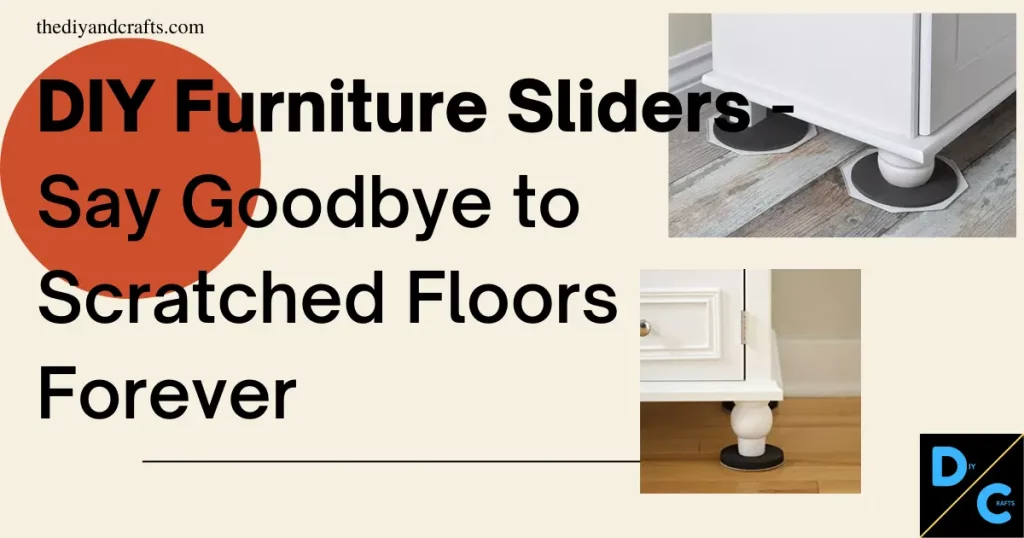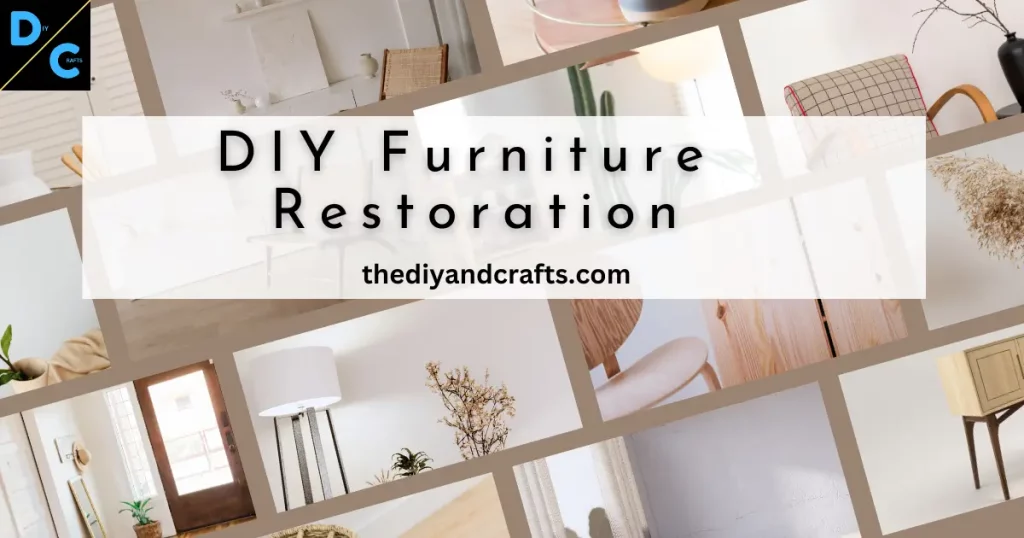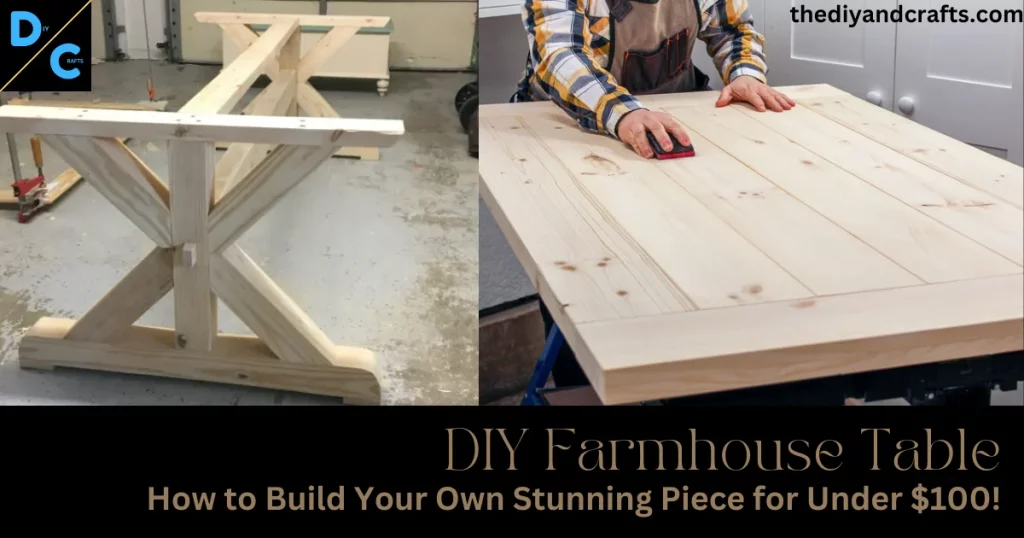DIY Furniture Sliders are tools used to move heavy furniture without damaging floors. They are small disks or pads made of materials that allow furniture to glide easily across surfaces without scratching or scuffing the floor.
Introduction
A brief explanation of what DIY Furniture Sliders are and why they’re useful
DIY Furniture Sliders are useful for a variety of reasons. First and foremost, they make moving furniture much easier and more efficient. Instead of struggling to lift and drag heavy pieces of furniture, sliders allow you to easily move them with minimal effort.
In addition to making the moving process easier, DIY Furniture Sliders also provide an important layer of protection for your floors. Moving furniture without sliders can leave scratches, scuffs, and dents on floors, especially hardwood and laminate flooring. Over time, these damages can accumulate and require costly repairs or even replacement.
DIY Furniture Sliders can also be used to rearrange furniture without having to lift and move heavy pieces. This is especially useful for people who like to change up their living space frequently or have limited mobility.
In summary, furniture sliders are a simple yet effective tool for protecting floors and making moving furniture easier. Whether you’re rearranging furniture, moving to a new home, or just need to move a piece of furniture temporarily, furniture sliders are a must-have tool in any DIY or home improvement arsenal.
Types of DIY Furniture Sliders
Overview of different types of DIY Furniture Sliders available in the market
There are several types of furniture sliders available in the market, each designed for specific uses and materials. Some of the most common types of furniture sliders include:
Hard plastic sliders:
These are the most common type of furniture sliders and work well on carpeted floors. They are made of a hard plastic material that allows furniture to slide easily over the carpet.
Soft foam sliders:
These sliders are made of a soft foam material and work well on hard floors such as hardwood, tile, or laminate. They provide a cushioned surface for furniture to glide over.
Felt sliders:
Felt sliders are made of a soft felt material and work well on hardwood floors. They are designed to provide a smooth and quiet glide for furniture.
Moving blankets: Moving blankets are a type of furniture slider made of thick, durable material. They are designed to protect furniture during a move and can be used on both hard and carpeted floors.
Pros and cons of each type of DIY Furniture Sliders
Hard plastic sliders:
Pros – affordable, work well on the carpet;
Cons – may scratch hard floors, can be noisy, not suitable for heavy furniture.
Soft foam sliders:
Pros – gentle on floors, provide cushioned glide, affordable;
Cons – not suitable for heavy furniture, may tear or wear out over time.
Felt sliders:
Pros – quiet and smooth glide, gentle on floors, suitable for heavy furniture;
Cons – may not work well on carpet, may become compressed or worn out over time.
Moving blankets:
Pros – provide excellent protection for furniture, suitable for both hard and carpeted floors, can be used for multiple moves;
Cons – can be expensive, may require additional equipment for use.
Explanation of how each type of DIY Furniture Sliders works
Hard plastic sliders:
These sliders work by reducing the friction between furniture and the carpet. They are placed under the legs or corners of the furniture and allowed to slide easily over the carpet.
Soft foam sliders:
These sliders work by creating a cushioned surface between the furniture and hard floors. They are placed under the legs or corners of the furniture and allow it to glide easily over the floor.
Felt sliders:
These sliders work by creating a smooth and quiet glide between the furniture and the floor. They are placed under the legs or corners of the furniture and allow it to move easily over the floor.
Moving blankets:
These sliders work by providing a thick layer of protection between the furniture and the floor. They are placed on the floor and the furniture is moved on top of them, creating a smooth and safe surface for the furniture to glide over.
In summary, there are several types of DIY Furniture Sliders available in the market, each with its pros and cons. It’s important to choose the right type of slider for your specific needs and the type of flooring in your home. Understanding how each type of slider works can help you make an informed decision when selecting the best slider for your DIY or home improvement project.
Materials needed for making DIY Furniture Sliders
If you want to make your DIY Furniture Sliders at home, you’ll need a few materials. Fortunately, most of them are readily available and affordable. Here are the materials you’ll need:
- Felt pads: Felt pads are the most commonly used material for making furniture sliders. They’re soft and glide smoothly across floors, making them an excellent choice for protecting your hardwood or tile floors. You can find felt pads at most hardware stores or online.
- Cardboard: Cardboard is an affordable and easy-to-find material that you can use to make furniture sliders. Look for thick cardboard pieces that are sturdy enough to support the weight of your furniture.
- Furniture glides: Furniture glides are small plastic or rubber pieces that you can attach to the bottom of your furniture to make them easier to move. They’re available in different sizes and shapes, and you can find them at most hardware stores or online.
- Adhesive: You’ll need adhesive to attach the felt pads or furniture glides to the bottom of your furniture. Choose an adhesive that’s strong enough to hold the weight of your furniture, but won’t damage your floors.
- Scissors: You’ll need a pair of scissors to cut the felt pads or cardboard to the right size for your furniture.
You can find most of these materials at your local hardware store, home improvement store, or online. Felt pads and furniture glides come in various sizes, so make sure to get the appropriate size for your furniture. With these materials, you’ll be able to make your furniture sliders quickly and easily. Check on Amazon
Steps for making DIY furniture sliders
Making your furniture sliders is a simple and affordable DIY project. Here are the step-by-step instructions for making DIY furniture sliders:
A. Gather the materials:
First, gather all the materials you’ll need to make your furniture sliders, including felt pads or furniture glides, cardboard, adhesive, scissors, and a marker.
B. Cut the furniture sliders:
Cut the felt pads or cardboard to the size and shape you need for your furniture. You can use a marker to trace the outline of your furniture legs onto the felt pads or cardboard and then cut them out with scissors.
C. Attach the furniture sliders to the furniture:
Use adhesive to attach the felt pads or furniture glides to the bottom of your furniture legs. Make sure to position them evenly and securely. For furniture with legs that are close together, you can attach multiple smaller furniture sliders to each leg.
D. Test the furniture sliders:
Once the adhesive has dried, test your furniture sliders to make sure they’re working properly. Try moving your furniture across the floor and see how smoothly it glides. If necessary, make adjustments to the positioning of the furniture sliders.
Tips and tricks for making the process easier:
Use a hot glue gun for a stronger bond between the furniture sliders and your furniture.
If you’re using cardboard, you can double up the layers to make the sliders more durable.
For furniture with heavy legs, use larger furniture glides to provide more support.
If you’re attaching felt pads to your DIY Furniture Sliders, make sure to choose a thickness that’s appropriate for your flooring. Thicker pads work better on carpeted floors, while thinner pads work better on hardwood or tile floors.
By following these simple steps and tips, you’ll be able to make your furniture sliders and protect your floors from scratches and damage caused by moving heavy furniture.
Using DIY Furniture Sliders
I. How to use furniture sliders to move heavy furniture
Clear the path: Before moving heavy furniture with furniture sliders, clear the path of any obstacles such as rugs, small furniture, or decorative items to ensure a smooth and safe movement.
Lift the furniture: If the furniture is too heavy, it’s better to have someone help you lift it to place the sliders underneath each leg of the furniture. Alternatively, you can also use a pry bar or a crowbar to lift the furniture just enough to slide the sliders underneath.
Slide the furniture: Once the sliders are in place, gently push or pull the furniture in the desired direction. Be sure to move the furniture slowly and steadily to avoid any jerky movements that can cause damage to the furniture or the floor.
II. How to prevent damage to floors while moving furniture
Clean the floor: Before moving heavy furniture with sliders, make sure the floor is clean and free of any debris or dirt that can scratch or damage the surface.
Use the right sliders: Depending on the type of floor you have, choose the right type of slider that won’t cause any damage or scratches. For example, use soft fabric or felt sliders for hardwood floors and plastic sliders for carpeted floors.
Lift instead of dragging: When moving furniture with sliders, it’s important to lift the furniture instead of dragging it across the floor. Dragging can cause scratches and damage to the floor, especially if there are any sharp edges on the furniture.
III. Tips and tricks for using DIY Furniture Sliders effectively
Use DIY Furniture Sliders on all heavy furniture: Using sliders on all heavy furniture can make moving easier and less strenuous.
Place furniture sliders close to the furniture’s legs: To ensure stability, place sliders as close to the legs of the furniture as possible.
Don’t leave furniture on sliders for extended periods: If the furniture is left on sliders for a long time, it can cause the sliders to sink into the carpet or create permanent marks on hardwood floors. Therefore, remove the sliders once the furniture is in its new location.
By following these tips and tricks, you can easily and safely move your heavy furniture with furniture sliders without damaging your floors or your furniture.
Additional tips and tricks
Tips for storing DIY Furniture Sliders when not in use:
When not in use, it is important to store your furniture sliders properly to avoid any damage or loss. You can keep them in a designated storage container or in a labeled zip-lock bag to keep them organized and easy to find when you need them again.
How to clean and maintain DIY Furniture Sliders for longer use:
To ensure the longevity of your DIY Furniture Sliders, it is important to clean and maintain them regularly. You can use a damp cloth or a sponge with mild soap to clean the sliders, and then dry them with a clean cloth. Make sure to avoid using any harsh chemicals or abrasive materials, as they can damage the sliders.
Other creative ways to use DIY Furniture Sliders:
Furniture sliders can be used for more than just moving furniture. They can also be used to easily move large appliances, such as washing machines and refrigerators, across floors without damaging them. You can also use them as coasters for heavy plants or as a base for an indoor sliding door. With a little creativity, furniture sliders can be a versatile tool in your home.
Conclusion
Some of the benefits of DIY furniture sliders:
- Protecting your floors from scratches and damage caused by furniture.
- Making it easier to move heavy furniture around.
- Saving money by not having to buy expensive furniture sliders from the market.
- Adding a personal touch to your furniture by making your sliders.
In conclusion, we have covered everything you need to know about furniture sliders, including the benefits of using them, the different types available in the market, and how to make your own. We have also provided step-by-step instructions on how to use them effectively and prevent damage to your floors. Additionally, we shared some tips and tricks on storing, cleaning, and maintaining furniture sliders for longer use, as well as creative ways to use them beyond moving furniture.
By using furniture sliders, you can protect your floors from scratches and damage caused by heavy furniture and also make moving furniture easier and less strenuous. Making your furniture sliders is an easy and cost-effective way to save money while enjoying the benefits of these handy tools.
We encourage our readers to try making their furniture sliders using our step-by-step guide and share their thoughts on this article in the comments section below. Also, don’t forget to check out our other DIY and crafts-related articles on our website The DIY and Crafts for more creative ideas and inspiration.
If you enjoyed this article, be sure to check out our other DIY and crafts articles, such as
- Top 10 Easy DIY Home Decor Ideas,
- DIY Natural Cleaning Products: Homemade Recipes for a Chemical-Free Home,
- DIY Upcycling Projects (Top 10) to Repurpose Old Household Items.
- DIY Furniture Restoration (10 key points) – How to Refurbish Old Furniture
We’re always adding new content, so be sure to check back often for more inspiration and ideas. Thank you for reading!


